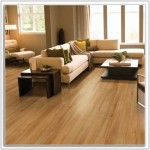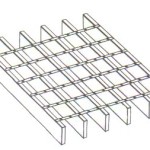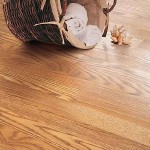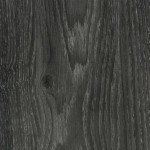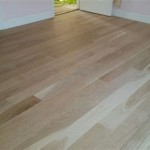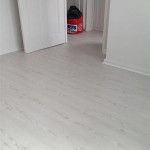Essential Aspects of Home Laminate Flooring Comparison
In the pursuit of finding the perfect flooring solution for your home, laminate flooring emerges as a frontrunner, offering an array of benefits and aesthetic appeal. However, navigating the vast selection of laminate flooring options can be a daunting task. To help you make an informed decision, here is a comprehensive guide to essential aspects of laminate flooring comparison:
Material Construction
Laminate flooring is composed of multiple layers, including a high-density fiberboard (HDF) core, a decorative layer featuring the desired design, and a protective wear layer. The quality of these individual components directly impacts the durability, water resistance, and lifespan of the flooring.
AC Rating
The AC rating, or Abrasion Class, indicates the durability and wear resistance of laminate flooring. Ratings range from AC1 to AC6, with AC6 being the most durable. For residential applications, AC3 or AC4 is generally sufficient, while heavier foot traffic areas may require AC5 or AC6.
Thickness and Planking Size
The thickness of laminate flooring typically ranges from 6mm to 12mm. Thicker planks offer increased stability and durability, but they may be more expensive. The planking size also affects the overall appearance, with smaller planks creating a more intricate design and larger planks providing a cleaner, more modern look.
Edge Profiles
Edge profiles refer to the way the planks are joined together. Common options include click-lock, tongue-and-groove, and glue-down. Click-lock is the most user-friendly method, while tongue-and-groove provides a tighter seal and glue-down ensures maximum stability.
Moisture Resistance
Laminate flooring can vary in its ability to withstand moisture. Some types are water-resistant, meaning they can tolerate occasional spills and moisture without damage. However, they are not recommended for areas with high humidity or potential water exposure, such as bathrooms or kitchens.
Finish Options
Laminate flooring is available in a wide range of finishes, including matte, semi-gloss, and high-gloss. Matte finishes provide a subtle, natural look, while semi-gloss and high-gloss finishes enhance the reflectiveness and create a more contemporary appearance.
Cost
The cost of laminate flooring can vary significantly depending on the quality, features, and brand. It is important to set a budget and compare prices from different retailers to find the best value for your money.
Installation and Maintenance
Laminate flooring is relatively easy to install, but it is important to follow manufacturer instructions carefully. Most laminate flooring requires a moisture barrier and underlayment to ensure proper performance. Maintenance is minimal and typically involves regular sweeping or vacuuming and occasional damp mopping.
By considering these essential aspects in your home laminate flooring comparison, you can make an informed choice that meets your specific needs and preferences. Remember to research different brands, read product reviews, and consult with flooring professionals to ensure you are selecting the best possible solution for your home.
Engineered Hardwood Vs Laminate

Vinyl Vs Laminate Flooring Pros Cons And Differences Forbes Home

Laminate Vs Vinyl Flooring Metro Contractors

Laminate Vs Vinyl Flooring Costs Pros Cons Differences 2024

Engineered Flooring Vs Laminate Everything You Need To Know Forbes Home

Laminate Vs Vinyl The Home Depot

Comparing Vinyl And Laminate Flooring Reno Super

Dark Vs Light Flooring What Should I Choose For My New Home Build Reinbrecht Homes

Laminate Vs Vinyl Flooring Which Is The Best Option

Laminate Flooring Types And S Forbes Home

